The Lantern
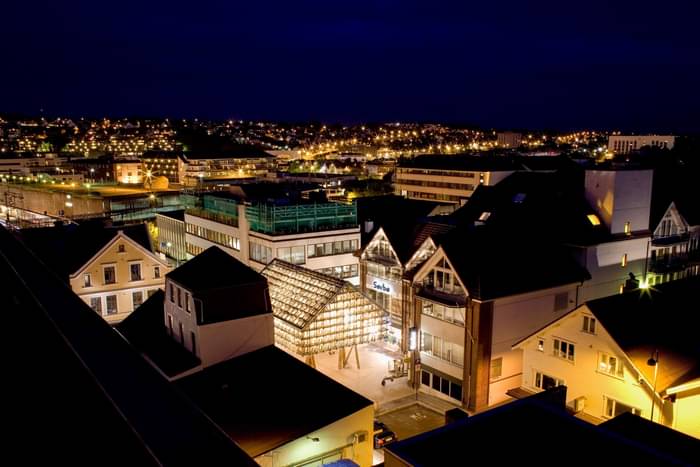


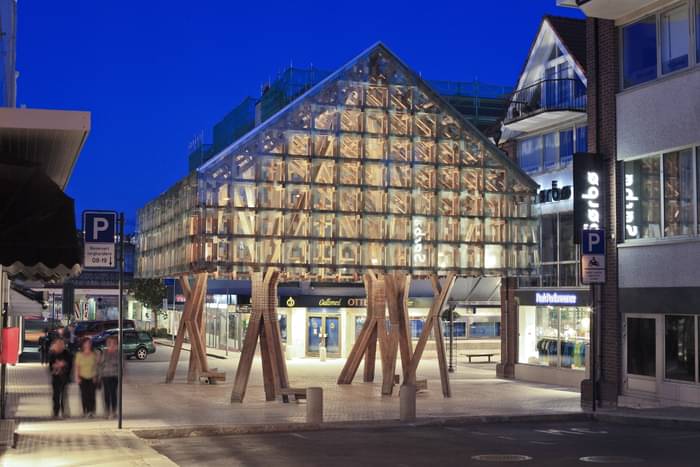
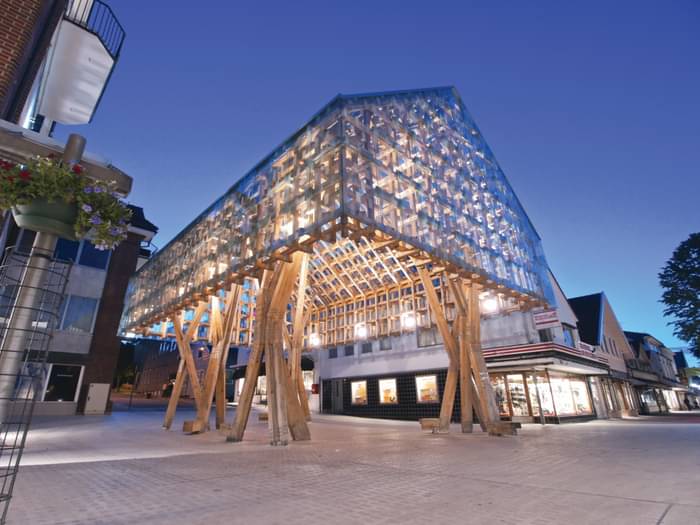
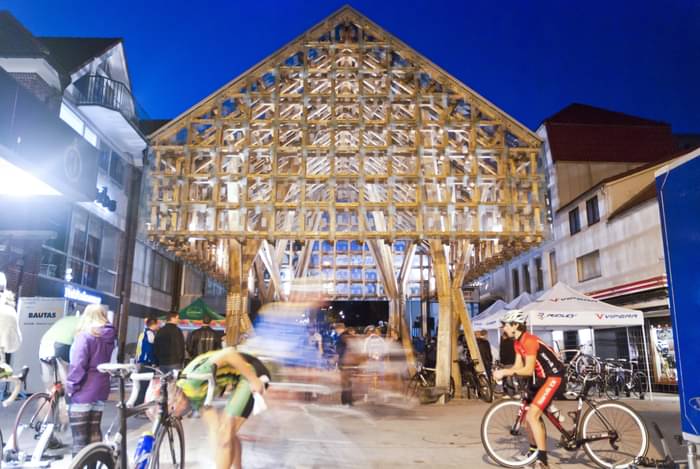
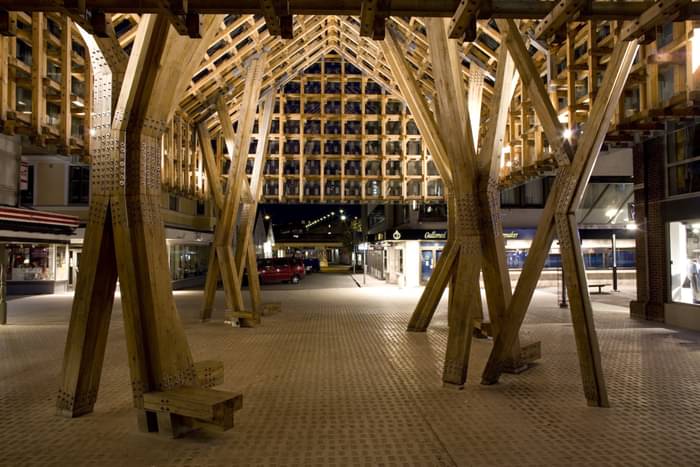

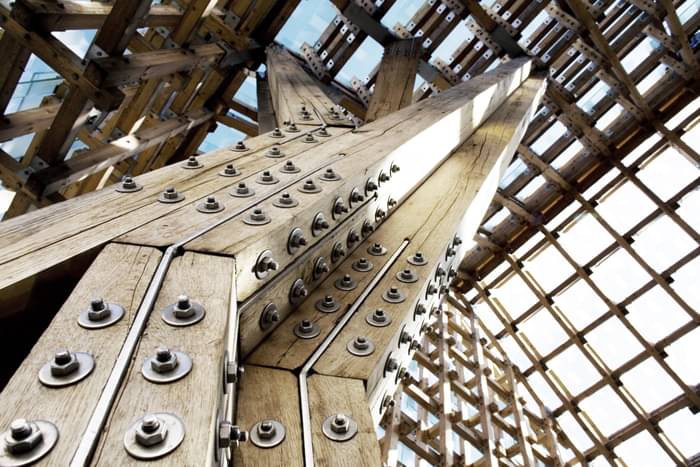
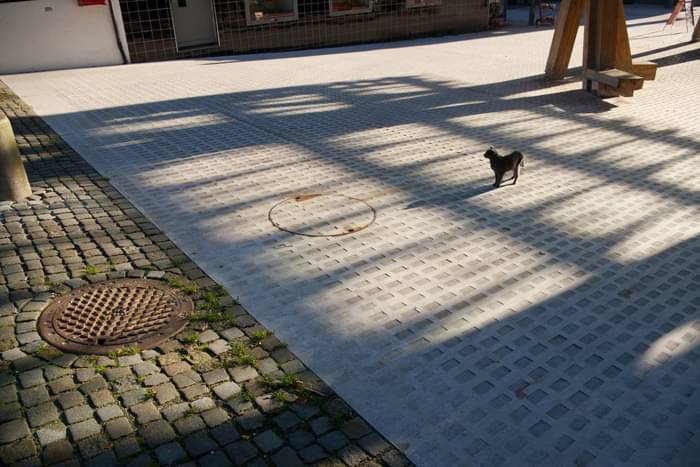
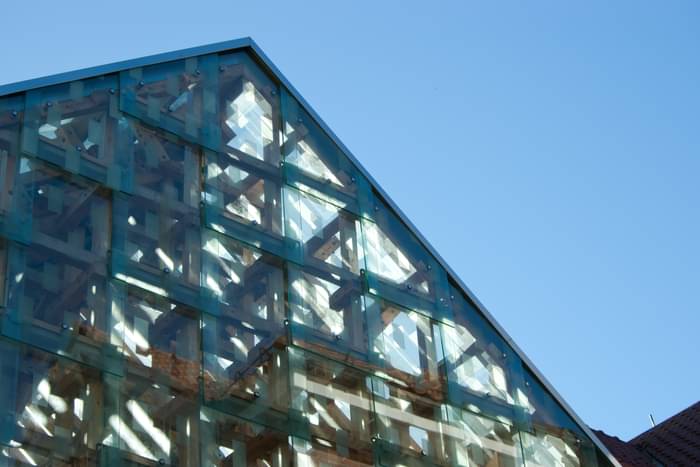

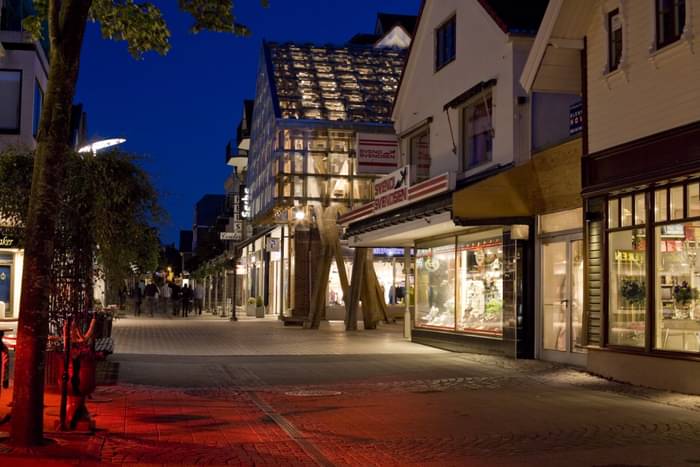

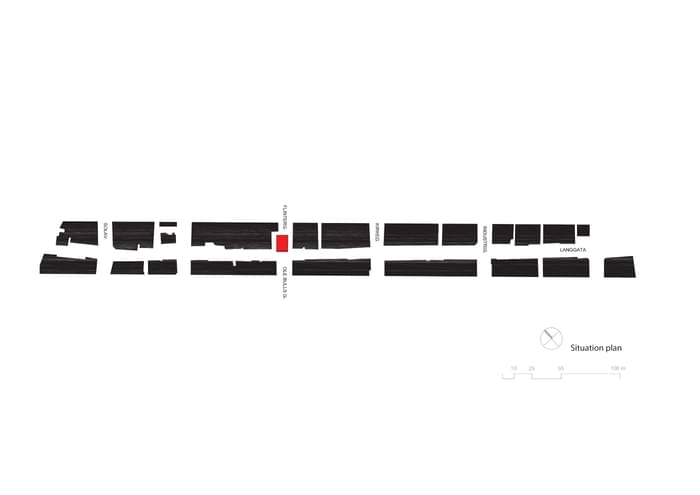
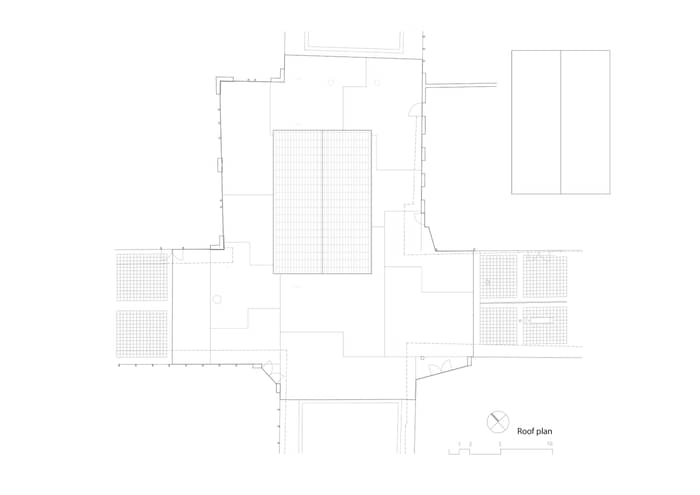
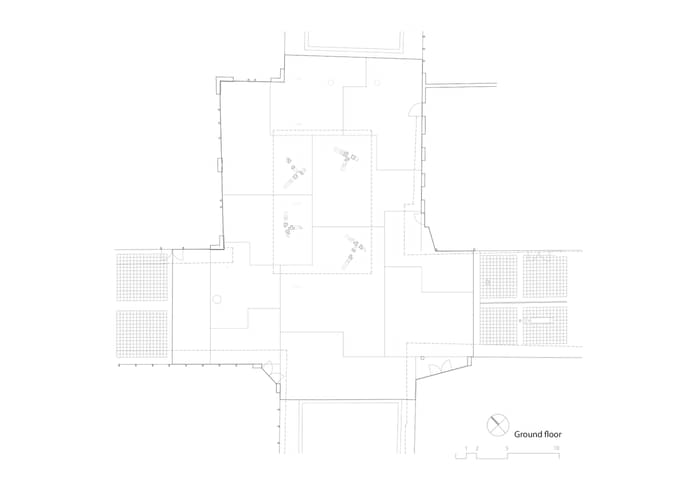
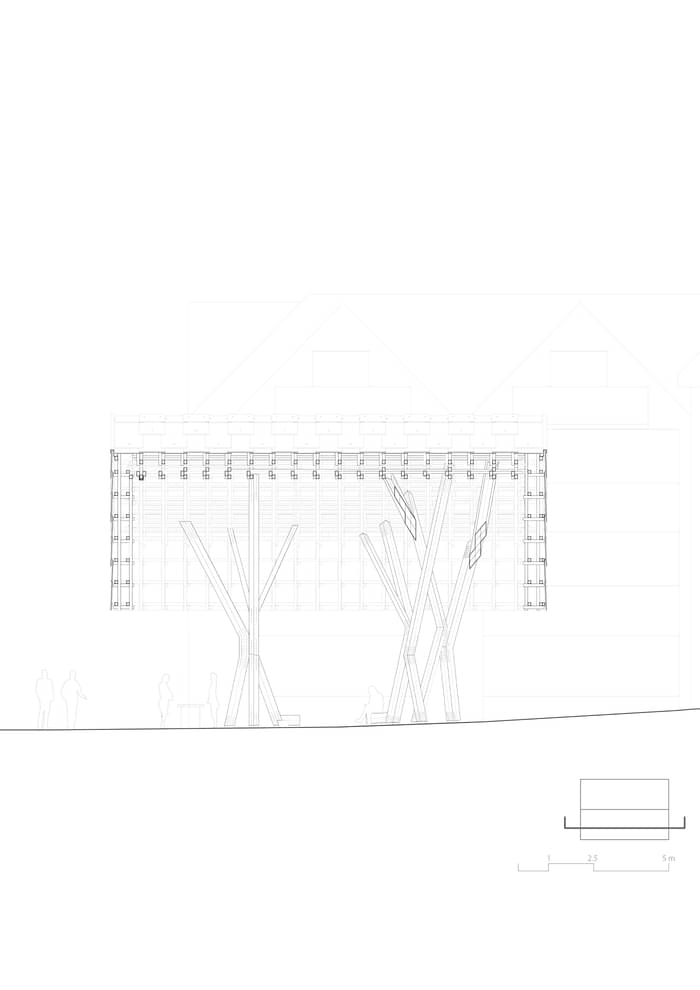

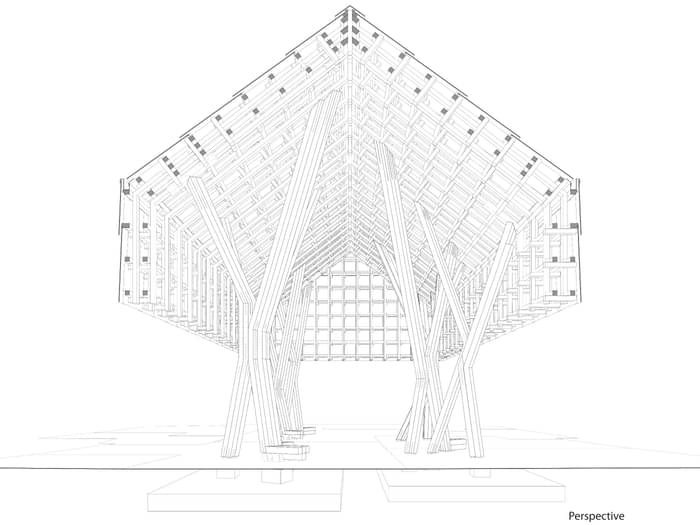

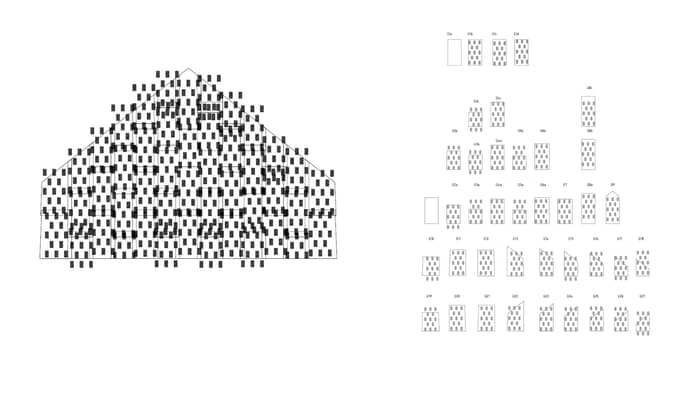
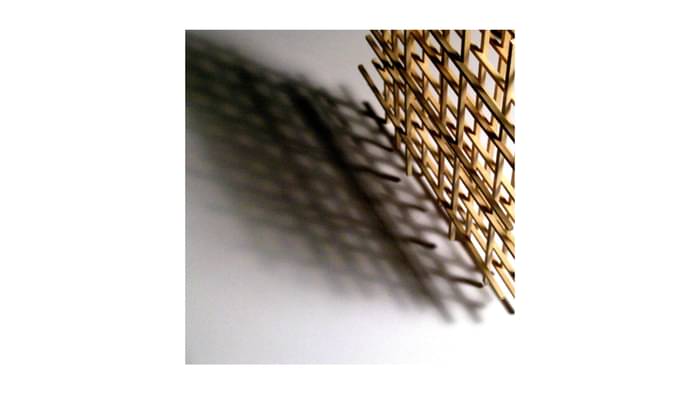
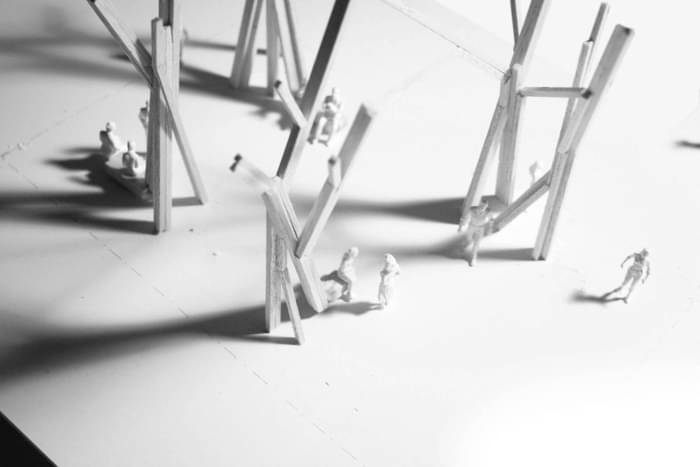
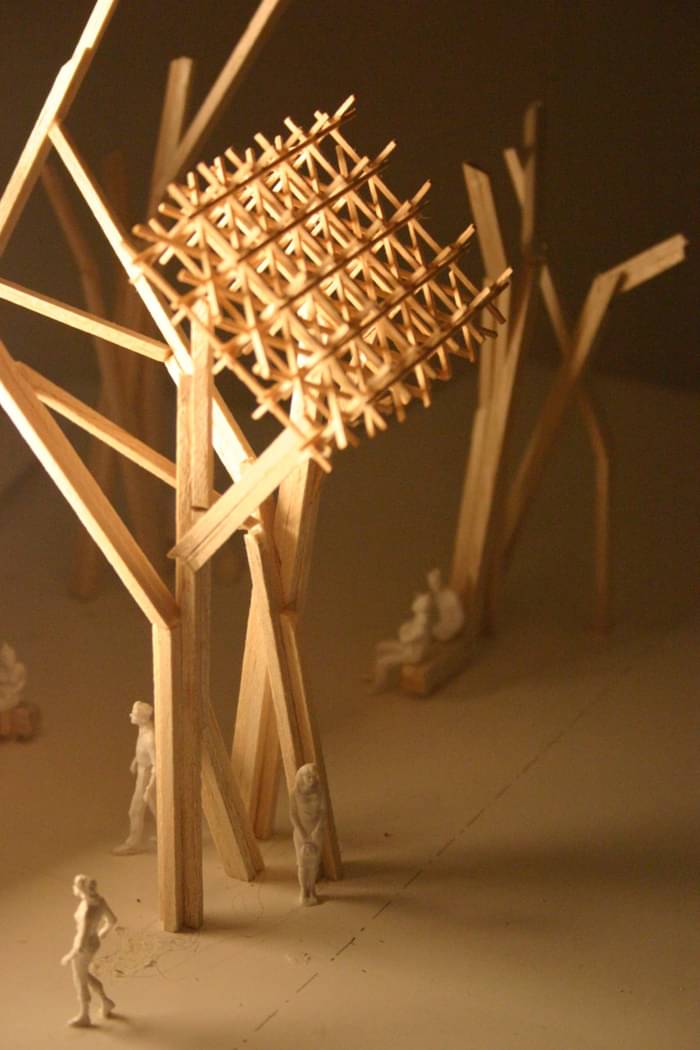


| Program | Canopy and public space |
| Client | Sandnes municipality |
| Size | 140m2 gross area |
| Status | Completed 2008 |
| Awards | Finalist for the CCCB European prize for Urban Public Space 2010 |
| Collaboration | AWP |
| Structural engineering | Dr techn Kristoffer Apeland |
| Consultants | Øren Consult, Sweco, COWI |
| Contractor Wood structure | Timber |
| Contractor Glass | Skandinaviska Glassystem |
| Contractor facade | Roschmann Group |
| Contractor ground works | Hafnor |
| Floor | Vest Betong |
| Photo credit | Jonas Adolfsen, Bosheng Gan |
When Sandnes and Stavanger were chosen as cultural capitals of Europe 2008, a group of competitions named Norwegian Wood was launched to promote contemporary, sustainable timber architecture. Sandnes city asked for a construction that could serve as a canopy over a small square in the pedestrian old part of the city. They wanted a pavilion that could revitalize the square and make place for different types of activities could take place, a meeting point, markets, informal music concerts and other performances. Since the site is visible from afar, it was important to create an object that also could be experienced from a distance.
The international competition was won by the Norwegian-French team Atelier Oslo/AWP. The winning proposal used the iconographic shape of an old wooden house. By redefining its traditional construction and making it glow in the dark, our aim was to create a new landmark for the city.
As well as having an iconographically recognizable shape, the roof provides an ever-changing experience for daily passersby. The roof stretches out to capture the sun, light is filtered through the depth and translucency of the structure. In rainy weather rolling clouds are reflected in the glass. At night, the whole pavilion glows like a lantern.
An abstract and featherlight sensation is achieved through the uniform structure, where there is no division between primary and secondary elements. It is a double grid made solely of 90x90mm wood members. Where needed, additional elements are added within the system. The material of the roof construction is laminated pine with steel reinforcement in the joints.
The glass panels are mounted in an overlapping pattern, as in a traditional slate roof.
The overlap incorporates any movement between the panels. This allows the glass to be mounted directly onto the wooden structure, avoiding the typical steel profiles and substructure. A translucent pattern is printed on the panels, both to capture the light, and let it through to play with the wooden structure beneath.
The roof is held up by four groups of columns, creating a flexible space for different performances and activities. The columns are individual and sculptural, and in contrast to the simple shape of the roof, they create various informal spaces. In some places the columns turn into benches where they meet the ground. The columns are withdrawn from the edge of the roof for protection from the rain, but also to blur the users’ sensation of coverage. Drawing inspiration from gothic principles, the continuity of the structure is visible from the ground to the roof. Towards the roof the columns spread out to allocate the pressure of the roof, and towards the ground to stabilize the construction, distribute weight and secure lateral stability. The material is oak timber with steel reinforcement in the joints.